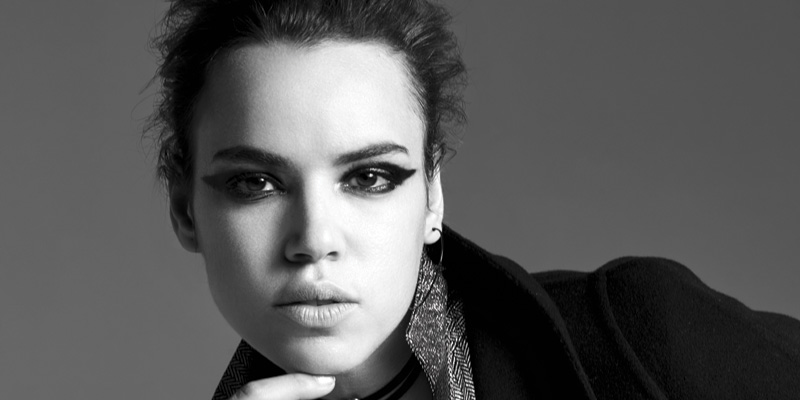“I am not here to prove women wrong, but to show them that they can do something with their life if they want to.”
Hind Sahli is a Muslim model with a moving mind. The Rabat-born, Casablanca-bred Moroccan 27-year-old is loaded with substantial soundbites. “I stepped out of the box and didn’t submit to the life I was supposed to lead,” she begins. Good start.
In the world of personalities, actors, singers and politicians who crowd the forefront of the public stage with powerful agendas precipitating social strata far and wide. The default positioning of fashion models however, is enforced anonymity. A face with no name. A fleeting figment of fantasy – not a mouth piece for game-changing conversation.
Read:
Everything you need to know about Meghan Markle’s wedding dress
The best looks from Cannes’ closing days came from the Middle East
Now, the fashion industry is in positive flux, commanding more space than ever before, driving dialogue to essential truths about our calcified views on normative beauty and how we can effect change. Hind is leading by example: “Being able to take a good photo isn’t enough. You have to have a brain.”
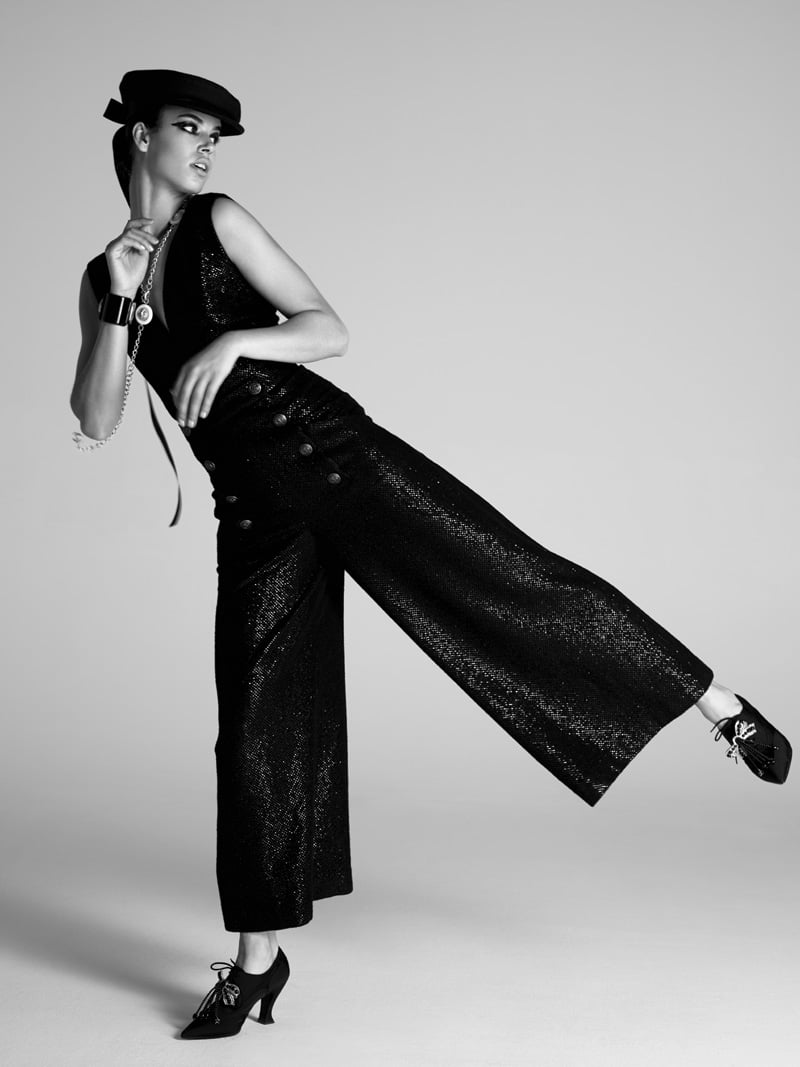
Full look Chanel.
Hind and I are in a non-descript warehouse-turned film studio in Dubai’s Al Quoz and she’s pre make-up with mocha-luminous skin. We flop in unison into sunken bean bags and get stuck in.
Her small and careful giggles indicate some lingering traits of a formerly shy child. “Yes I was very quiet. I would follow my mother around like a shadow.”
But when people asked her what she wanted to be when she grew up, she never flickered from one extreme to another, as is true for most children who want to be a doctor one day and an astronaut the next.
“I always wanted to be a model. My mother would tell me that I looked like one and it stuck in my head so I would wear high heels and pretend I was on a runway. I may have been shy but that didn’t stop me.”
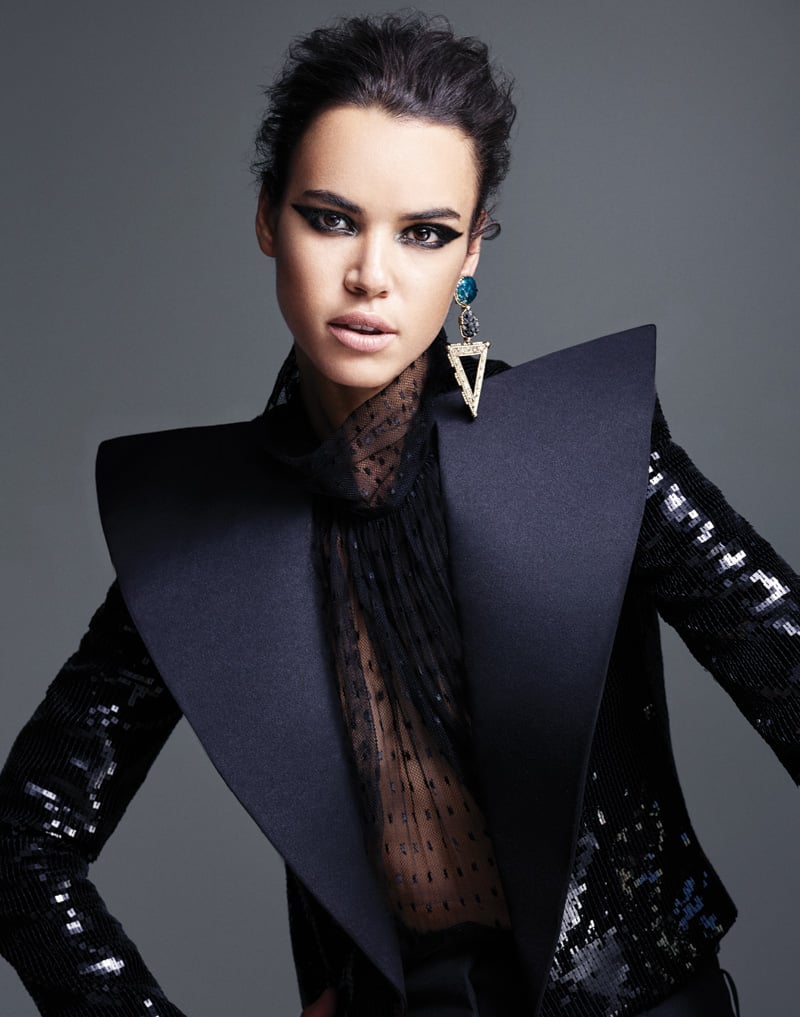
Full look Saint Laurent.
But the path from Rabat to the runway was a rocky one. Her mother might have given her seal of approval but those terms were thwarted when Hind took it seriously and made it an official pursuit – her father encouraged it from the outset. “There was this feeling that it’s impossible to become a model. It’s not in our culture, it’s not seen as an actual profession.”
Even though Morocco fundamentally lacks a modelling industry, Hind didn’t find it hard to fit into a mold that wasn’t built for her. At 15 she started watching Fashion TV and developed a portfolio of portraits taken by her friends around Casablanca. Raised eyebrows didn’t temper her willful whims, she persisted till there was no option but acceptance. Morocco, at least aesthetically, wears its traditions on its sleeves, but “I see that the country is opening up more and more. It’s not because it’s conservative, it’s because fashion is not a developed industry. But since I left there’s more out there in terms of magazines.”

Full look Givenchy.
Despite living in New York now for the last nine years, she has a small-town wholesomeness that seems too sincere for the hardened grit of a city with a take-no-prisoners attitude (“I love New York so much and it’s definitely home, but I can’t live without Morocco. I go back all the time”) that chews up and spits out its sinkers.
And for someone who didn’t know a lick of English until moving to New York, Hind is a well-poised orator. She might balk and blush in moments of language lapses but once cued up with the right vocabulary again, she bee-lines to the point with incandescent commitment.
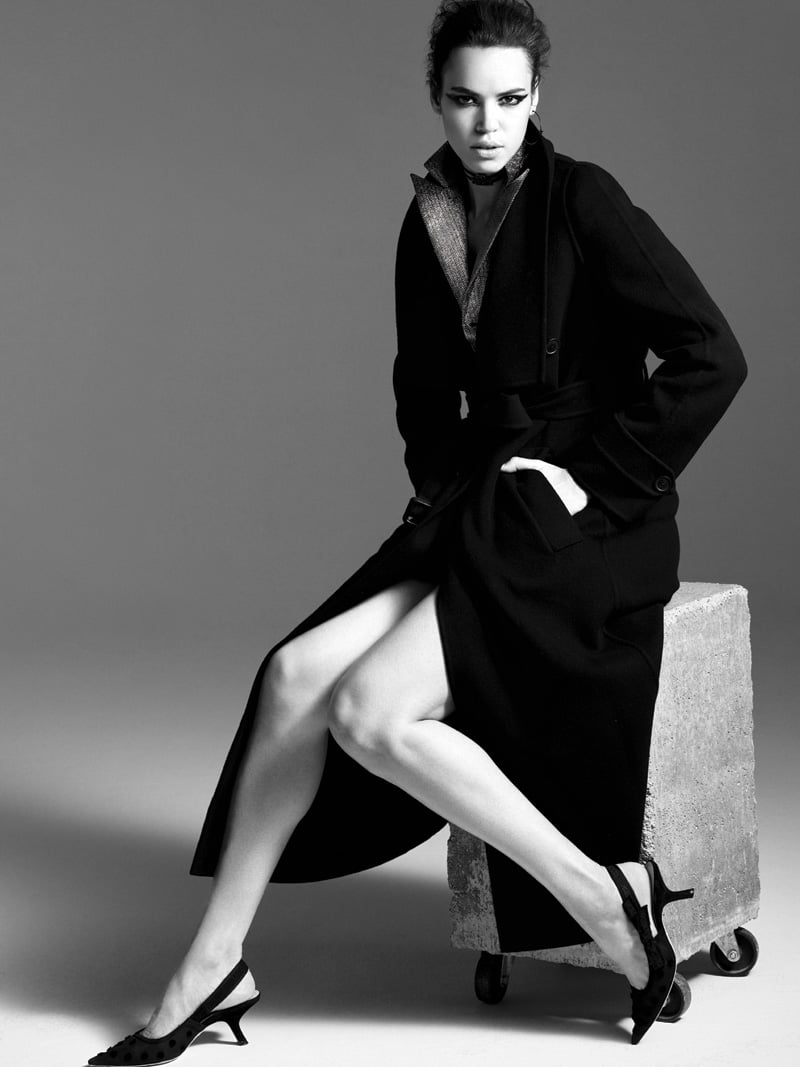
Full look Dior.
Religion and the runway. A controversial confluence. One that Hind doesn’t blend. “My religion is not my work. I always keep them separate. My faith is my faith; my work is my work. For me my religion is about being good to yourself and other people,” she says, and then side notes that she’ll be fasting during Ramadan.
“All religions are the same. It’s just that Islam has more negative backlash because of events. I have had instant rejection because I am Muslim. There is a fear that comes from not knowing but the problem is when people choose not to learn.” She’s referring to charged comments from an interview she gave for Newsweek about being the new face of Islam back in 2011. “‘You’re not really Muslim because you’re modelling. Go back to your country’ some people wrote,” she cites, insouciantly, as if the torrent of uneducated tripe has become white noise.
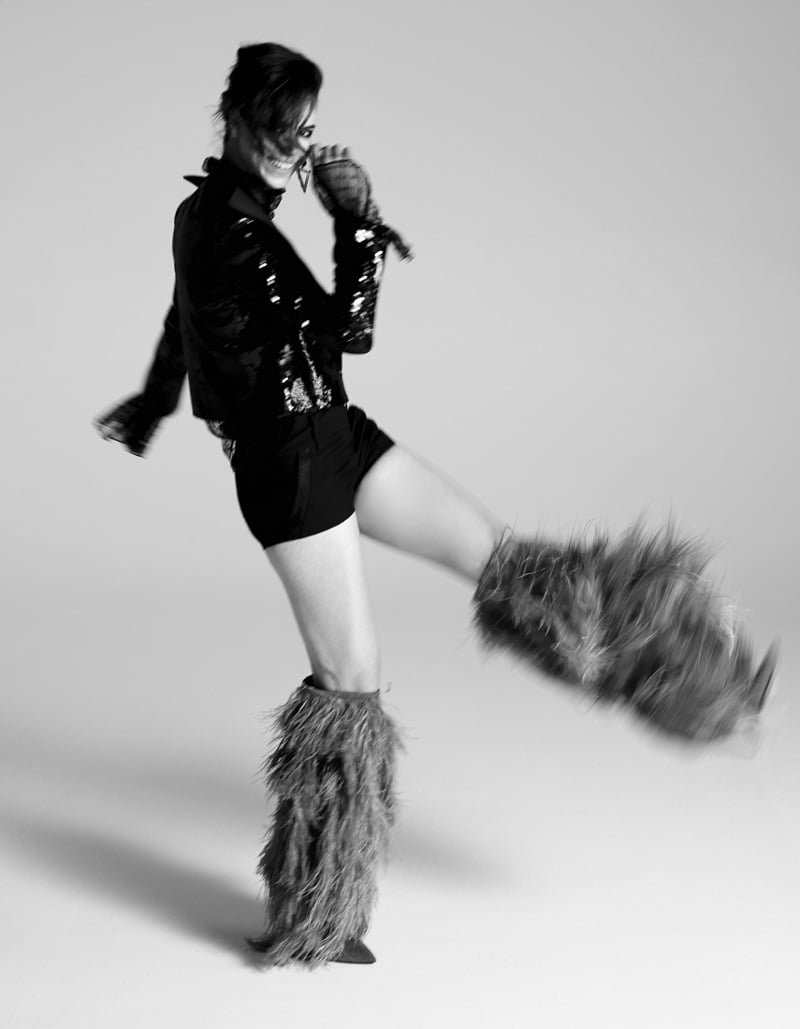
Full look Saint Laurent.
“You’re Moroccan but not really, right?” is another cautious tiptoeing comment from people who want to feel more comfortable and less threatened by her religion. “These people are not enlightened. They don’t know and choose not to seek information,” she says. So she’s dutifully taken control of that narrative and re-routed it away from latent fear and towards a more progressive (and innate) notion that Arab women have power and can use it.
Her agenda isn’t fully formed yet; she cups her head with her lithe hands, stroking her cutting jawline, pausing for thought. She’s hitting home “for Arab women to realise their own abilities”. How she’s going to action it, she doesn’t know. It won’t be easy but her steadfast intention is half the battle fought. “I am not here to prove women wrong, but to show them that they can do something with their life if they want to. Sometimes women in Morocco feel they need to be married to exist.”

Full look Saint Laurent.
Hind represents the small minority of Arab models who offers a telling tale of how convention can be overturned with hard work and banding together. And the fashion industry has come a long way from having a blanket bland, one-dimensional view of beauty and has taken greater stock on its social responsibility to represent the world that we live in.
Awareness on diversity may have flooded the fore but there’s been a sub division of fashion bookings that fetishises diversity, pursuing it as an end. But is it just a token tick of a box to simply say it was covered, reducing it to a faddy moment rather than a movement towards a new and sustainable interface in fashion? For Hind, the paradigm is yet to be shifted.
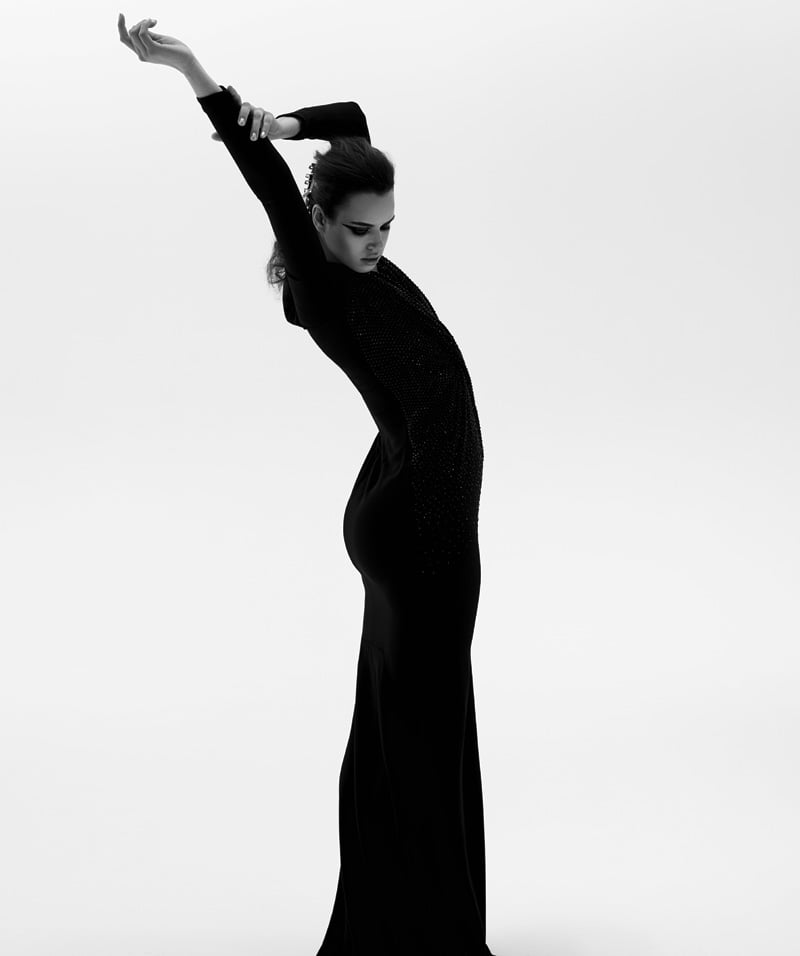
Full look Stella McCartney.
“I get offended by these so-called diversity campaigns because sometimes I feel like I am being exploited as this object. We are being recycled like fashion – as seasonal as big sleeves are, the same might be true about using, for example, Asian models in a one-time seasonal campaign to prove that the industry is meeting these ‘new’ standards. There are designers like Sophie Theallet who have always brought together diverse groups of women before everyone else decided to join in because they felt they had to.”
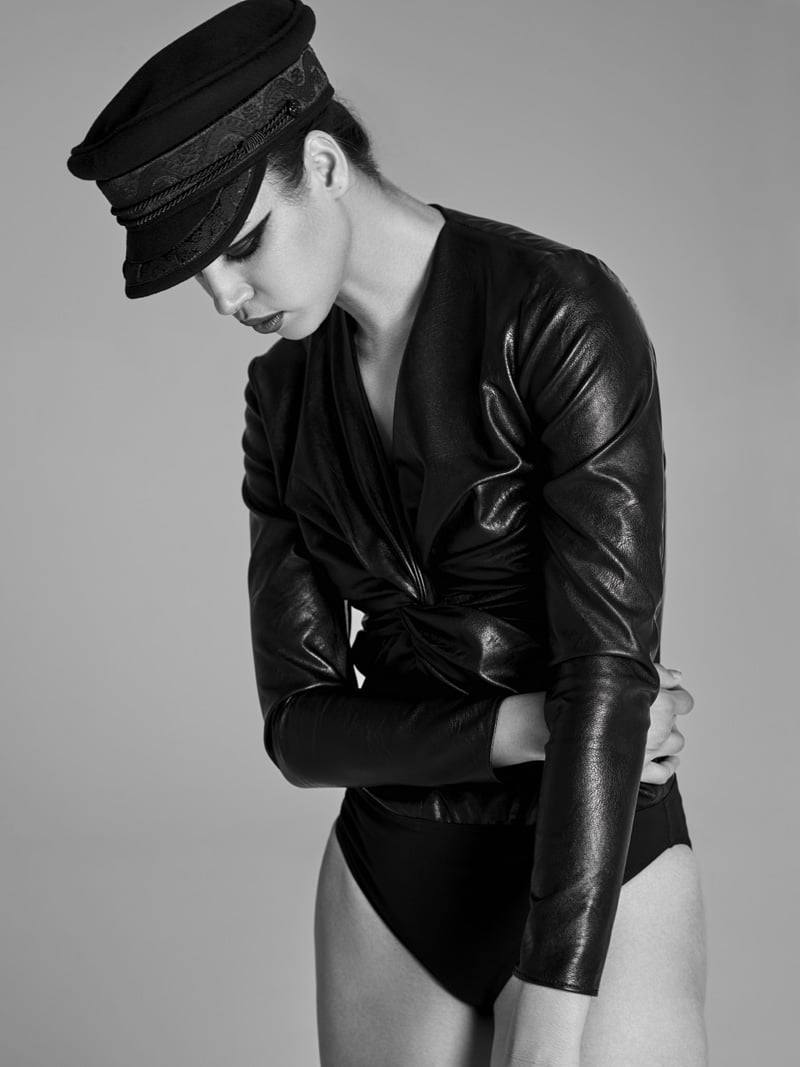
Body suit Stella McCartney, hat stylist’s own.
Hind has hot footed the houses – from Loewe to Kenzo to Marc Jacobs (“he’s such a creative and strong person. When you’re doing the show, he’s the ultimate professional”) but now she is more fastidious about adding creativity to her corpus of work. “I prefer to do shoots now. It’s a supportive, learning experience. Normally people don’t listen to what the models have to say but I can be creative on a shoot. Once you put me on the spot, things happen.”
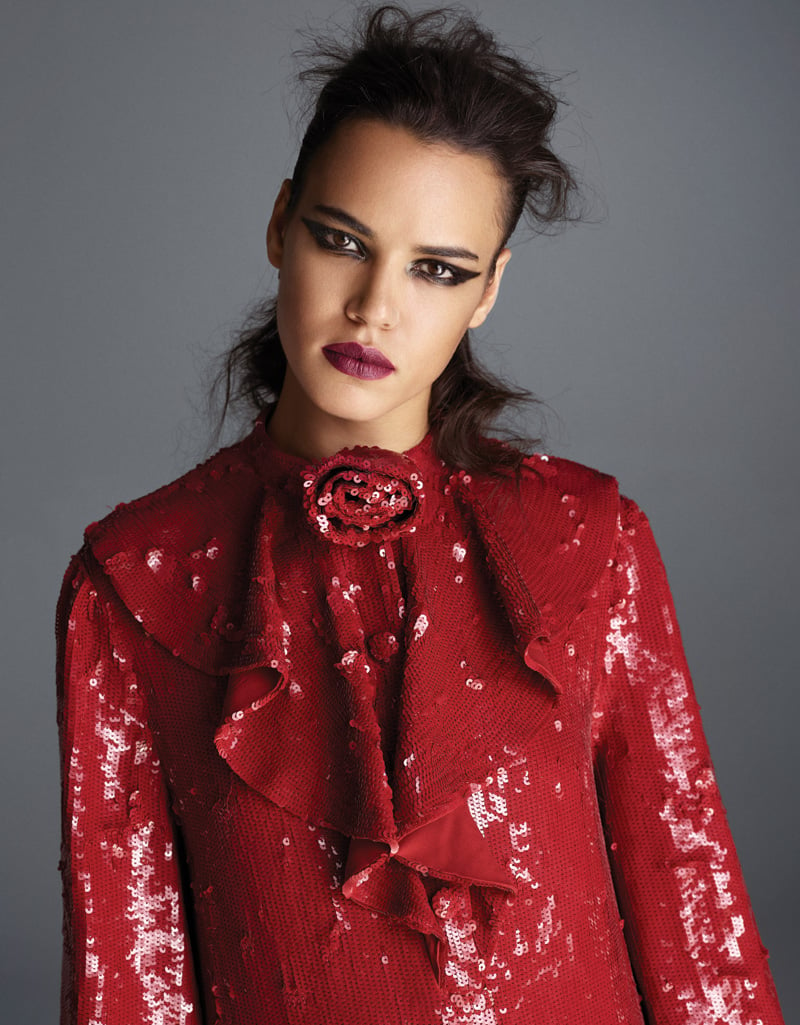
Full look Gucci.
Being in her twenties, Hind is still peaking and pining for projects. If it weren’t for modelling, she’d want to give designing a go. She says she’s hopeless at drawing, air-sketching a messy blob in cute frustration, and she’d had loved the late and great Azzedine Alaïa to have been her mentor.
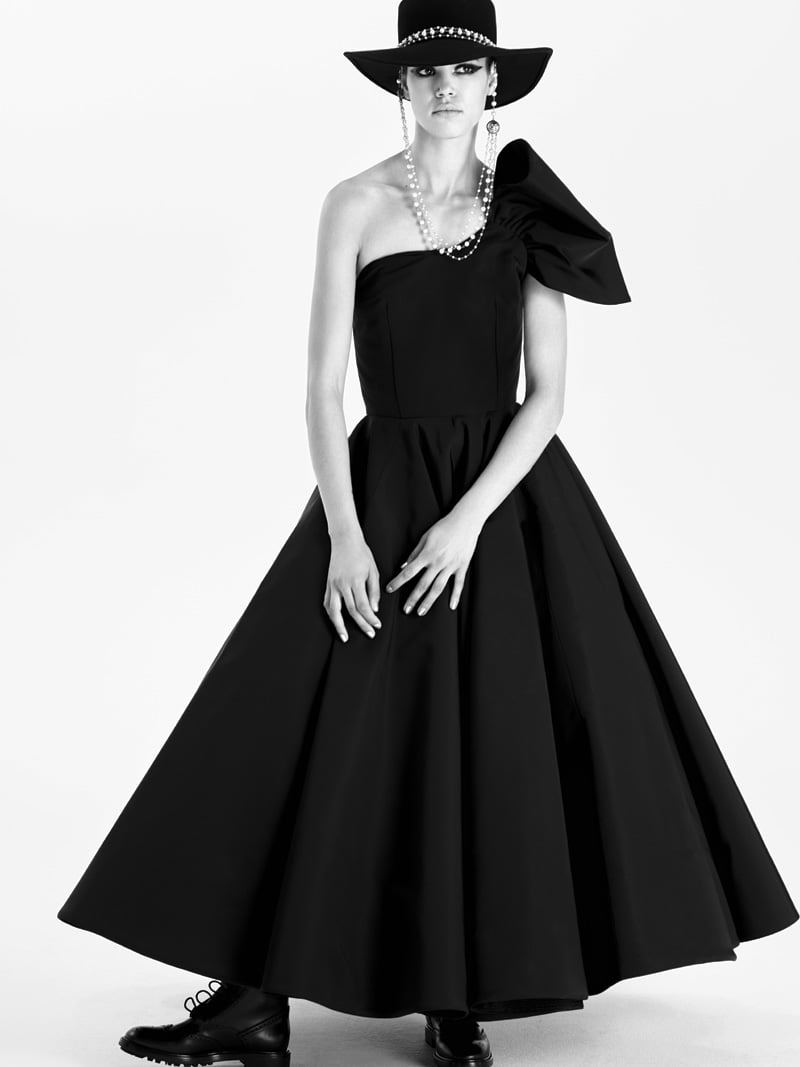
Dress Cristian Siriano at Symphony, hat stylist’s own.
“His clothes made women feel powerful and so chic. Sometimes I get these magical ideas when I’m walking and I see a striking colour and I want to turn it into something special,” she says, voice gripping with determination. That and films – she wants to flex her acting muscles (“this is why I love shoots because I get to play a role”) and star in a movie one day like her favourite, Penelope Cruz who “can do anything. I love her sensitivity and how she allows herself to be strong and vulnerable at the same time.”

Jumpsuit Temperly.
Hind is looking for passion and purpose in her life right now. She’s been in the industry for long enough to know its limitations and she’s resigned to the glacial pace of genuine change but she’s lobbying hard to be a part of it. She’s already left the door open behind her for women to follow suit: “I get so many messages from women telling me how I have helped them, it makes me so proud. It’s nice not being treated like a mannequin anymore.”
Direction & styling: Carmel Gill
Photography: Mazen Abusrour
Makeup: Sharon Drugan using Charlotte Tilbury
Hair: Stefan Jemeel at MMG








